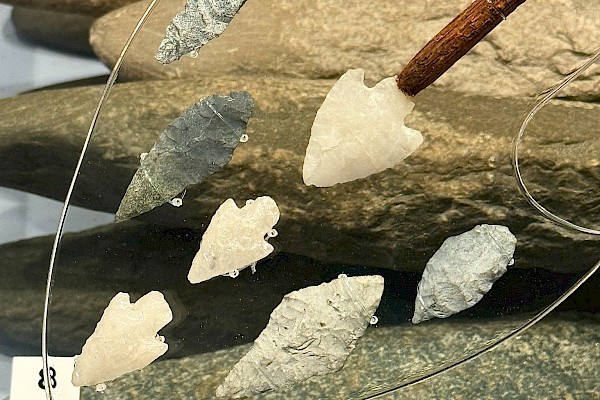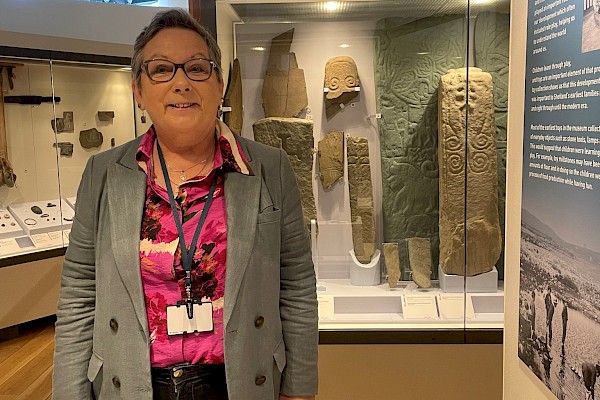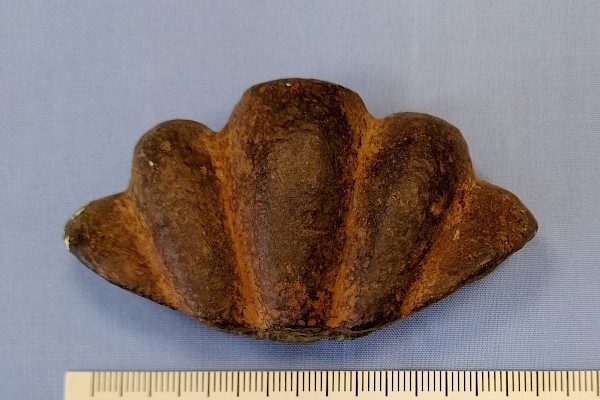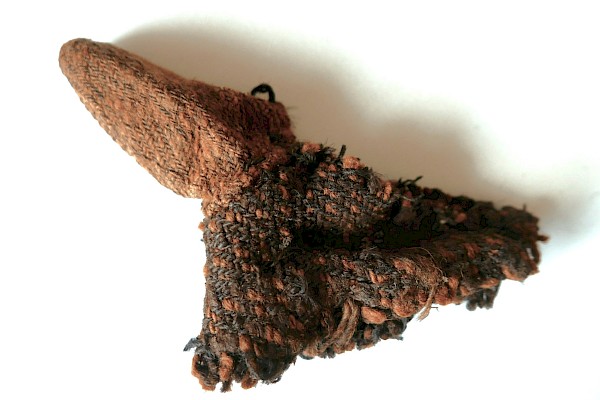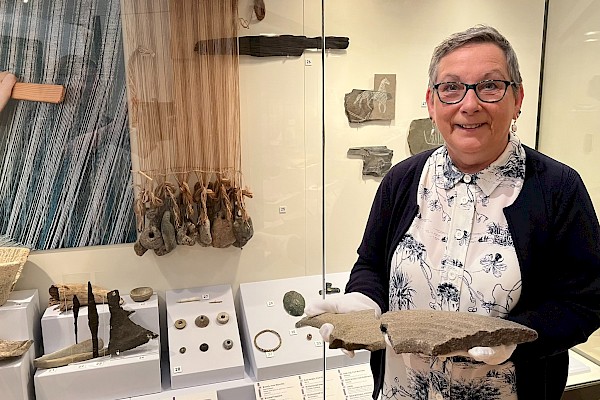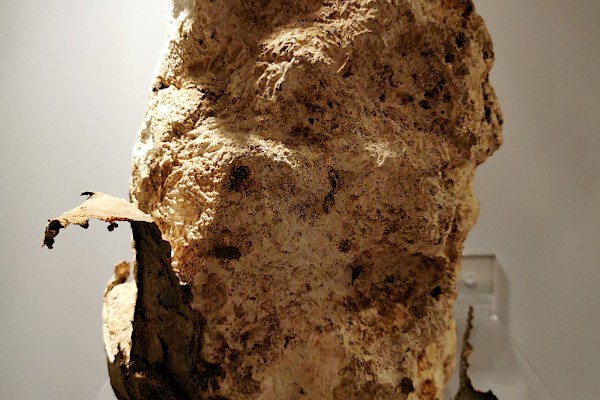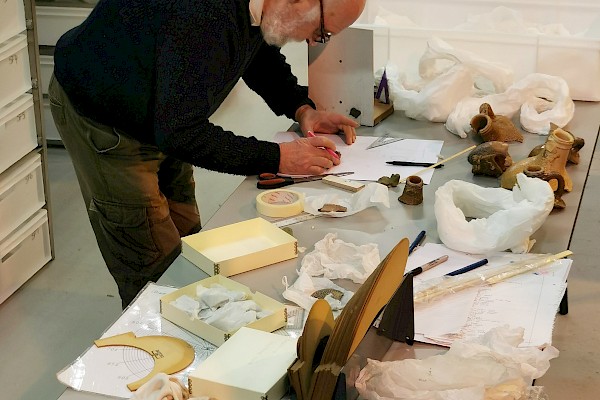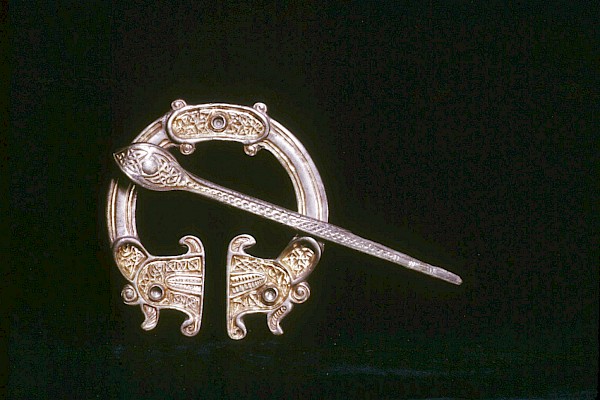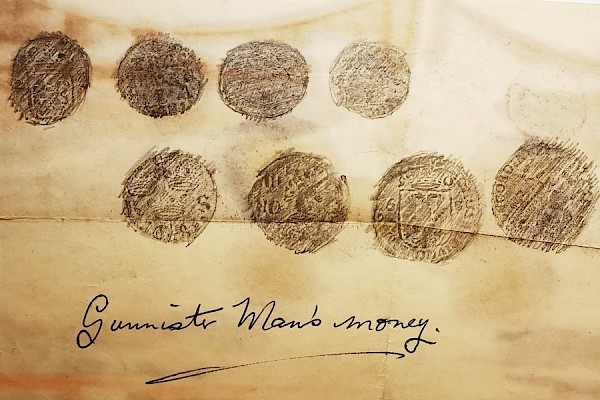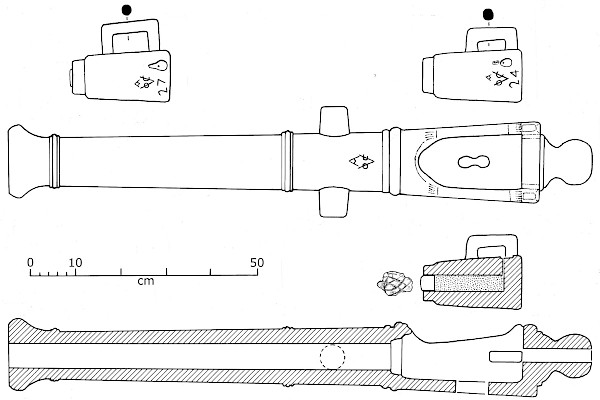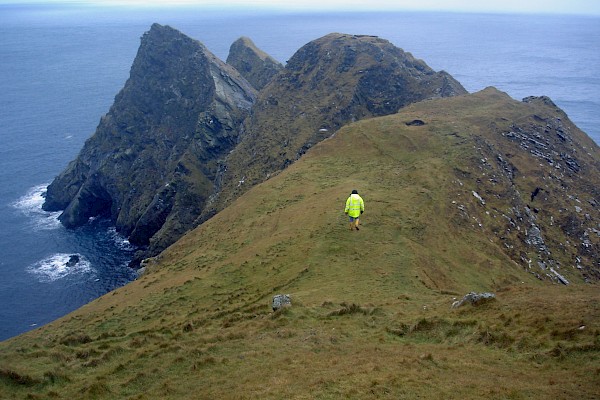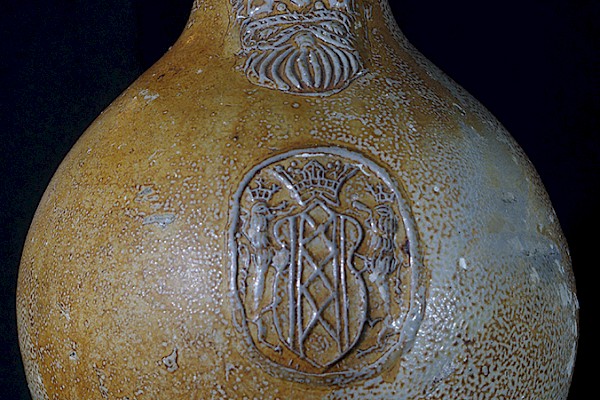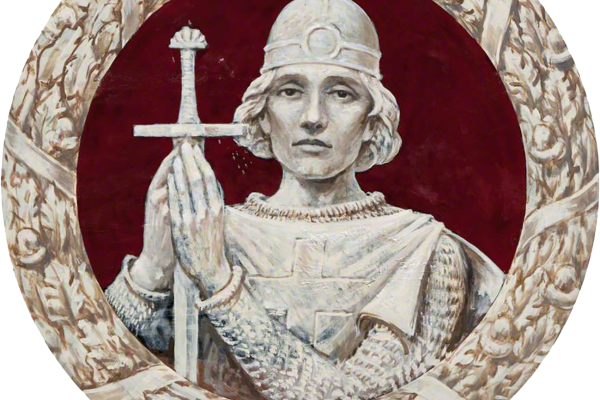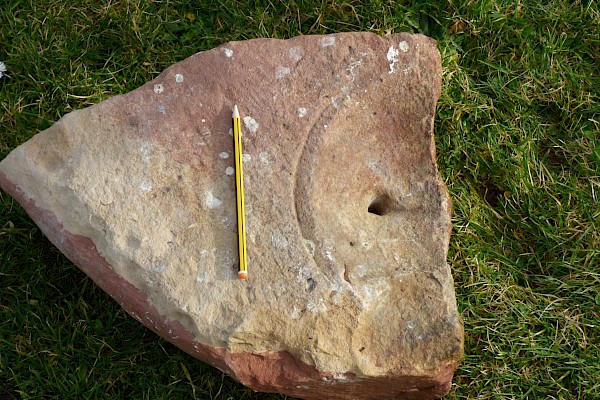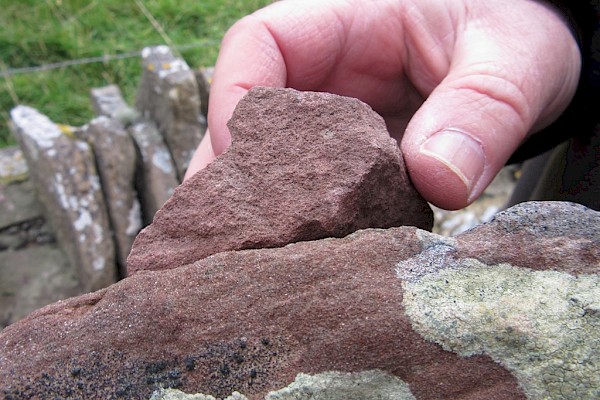Viking Toys and Games
Here collections assistant Tracey Hawkins discusses the activities both adults and children enjoyed during Viking times – from playing with board games and wooden toys, to more physical pastimes which showed off strength and athletic prowess such as toga-honk (tug of war) and wrestling.
Many of the items are on display in the Shetland Museum and Archives today.
Play is not a recent development in history in fact from grave goods and the sagas, we learn that Vikings played board games avidly, they carved dolls and toys for their children, played dice and gambled as well as partaking in boisterous sports at their feasts and gatherings. It is argued that games and entertainment occupied the ‘downtime’ between conquest raids and trade journeys, and that these pastimes were often quite complex – in other words, Vikings worked hard and played hard.
One of the best-known Viking games was the board game Hnefatafl, which is either pronounced ne-fah-tah-fell or nef-fee-taff-el (no one is quite sure!). This was a game enjoyed greatly by Vikings which they brought with them to Greenland, Iceland, Scotland, Ireland and Great Britain. The game, which is also sometimes now referred to as Viking Chess, was a popular game in medieval Scandinavia and is mentioned in several of the Norse Sagas.
Unfortunately, the rules of the game were never explicitly recorded and only playing pieces and fragmentary boards are extant, so it is not known for sure how the game was played, other than it was a game of strategic skill. Archaeological and literary sources indicate it was played on a square checked or latticed gameboard with two armies of uneven numbers of gaming pieces and most probably was based upon the Roman game, latrones. One player was by far the strongest, with the most pieces and his job was to corner the king or ‘fist’ (which is where the word hnefi comes in) and the king must defend his castle with a much smaller force.
Hnefatafl became a popular game in Northern Europe during the Viking era, particularly in Nordic countries but spread as far as Russia and lasted in to the 12th century when chess was introduced into Scandinavia. The game developed differently at different locations. Archaeologists have found different editions Ireland and Ukraine, and here in Shetland Museum there is a similar-type gaming board and pieces which were uncovered together at a Viking house site at Underhoull in Unst.

The excavators at the Viking house site at Underhoull in Unst believe these (there were many fragments) to be parts of a primitive type of draughts board (ARC 6668) and certain polished serpentine pebbles (ARC 6669) found near-by to have been playing men.
Vikings also engaged in more physical pastimes including running, swimming, a version of the tug-of-war called toga-honk and wrestling. There are records of Vikings having played a game with stick and ball. These are known to be rough (it was not uncommon for someone to get hurt or even killed) spectator sports, which women did not participate it, but they would gather to watch the men compete. In the Icelandic sagas, for example, men are praised for proficiency in jumping, throwing and running. The possession of such abilities could mean the difference between life and death in a battle situation.
One thing that we can say for certain, is that Viking children played with toys, like today’s children do. Archaeological excavations have unearthed wooden toys such as small ships, swords, dolls and animal figures. Most of these were probably made for children to play with, but some of the objects were also useful to develop various skills, which the children could use as adults, in work or in conflict. For example, a spinning top trained a child’s fingers in the movements used in spinning or a miniature weapon could be used for training until it was exchanged for an iron one.

Miniature stone axe (ARC 2013.85) made from mica schist and finely worked from a small pebble. It was identified it as a toy axe in 2013 by Gabriel Cooney from the School of Archaeology at the University of Dublin and Torben Ballin from the Department of Archaeology at the University of Bradford
As well as toy versions of weapons, there is also evidence of miniature versions of domestic or household items. These would have been carved out of, most probably locally sourced stone, and gifted to a child as a plaything but they reflected common objects in use in the home, such as a lamp.
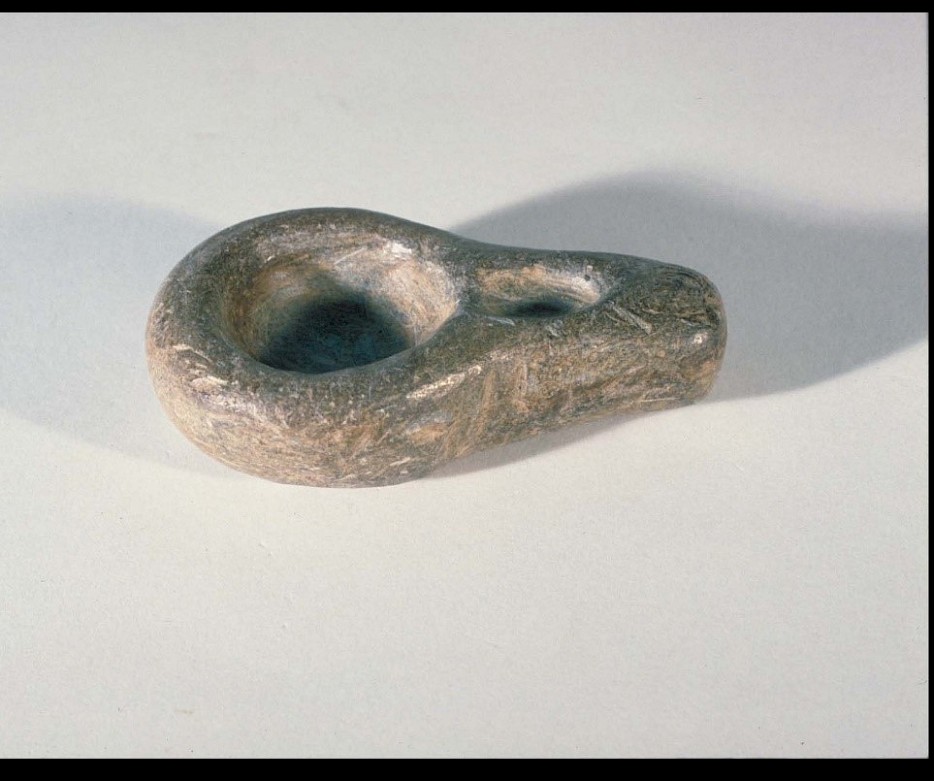
ARC 79184
Lamp (ARC 79184) of fine grey steatite with extended "lug" and thumbgrip. Of Norse type but child's toy. Found during excavation of old earthen floor at Gord, Fetlar. A very well-made piece and likely to be an exact replica of ‘full size’ lamps found in a typical home and would have functioned in the same way.
‘Toy’ might not be the appropriate name for such an item as it would have been put to very practical use, learning the skills of their elders. Or, perhaps this lamp was used for a game of ‘housie’ a millennium ago – and if those children were like my children and their pals they would all be fighting over who would be the mammy!
Fifteen ‘toy’ quern- and millstones have been found in Shetland to date, with the first being found at Jarlshof. Other examples of quern- and millstones have been found in Whalsay, Olnesfirth, Aith and a further six from Viking sites in Unst. As no examples have been unearthed in other communities colonised by the Vikings such as Greenland, Iceland, Faroe Islands and Orkney, it was thought these were unique to Shetland until research located eight examples from Trondheim, in Norway. This poses an interesting thought that it was perhaps a family of settlers from Norway who brought these toys with them to Shetland, where they readily caught on as something to keep young ones amused.

Toy quern stone (ARC 7481) which is currently on display at Shetland Museum and Archives is made of steatite. It has a feed-hole at centre and smaller hole for driving to one side. A flake has broken out at the first attempt to pierce the drive-hole.
Viking children did not go to school as we know it today. Rather, the boys learned all the men’s work, taught by their fathers, brothers and uncles. Girls worked along with their mothers and aunts learning how to cook, garden, take care of the domestic animals and make clothing.
By the time they reached adulthood at 12 to 15, both boys and girls could effectively run a household and a farm. So, it might be that play was a particularly important part of life for the settlers here in Shetland, and it brought pleasure and enjoyment in a hard-working community. The evidence found in Shetland helps to provide evidence that Vikings liked to dedicate time to leisure pursuits as much as any other people of the time and maybe as much as we still do today.
